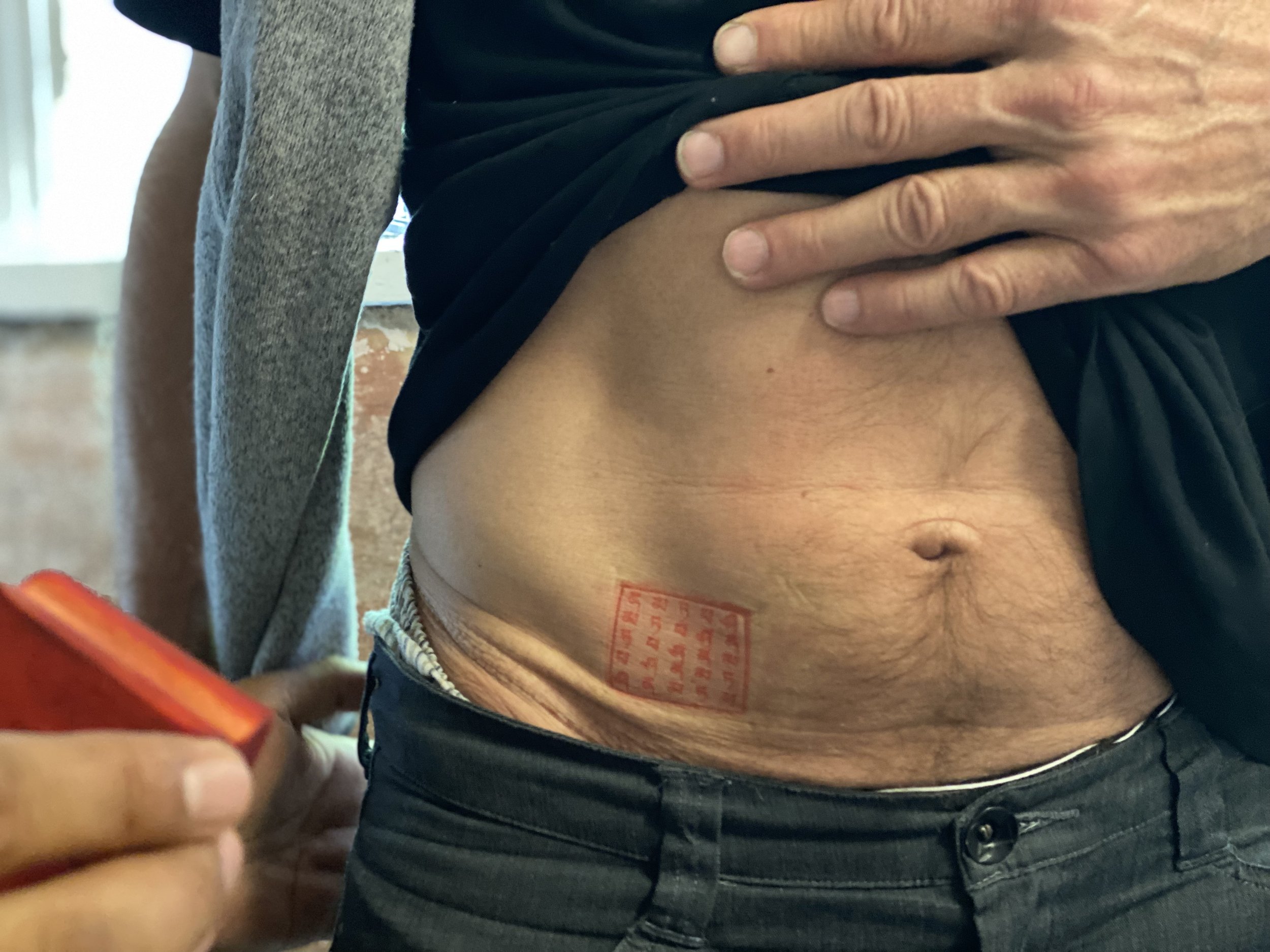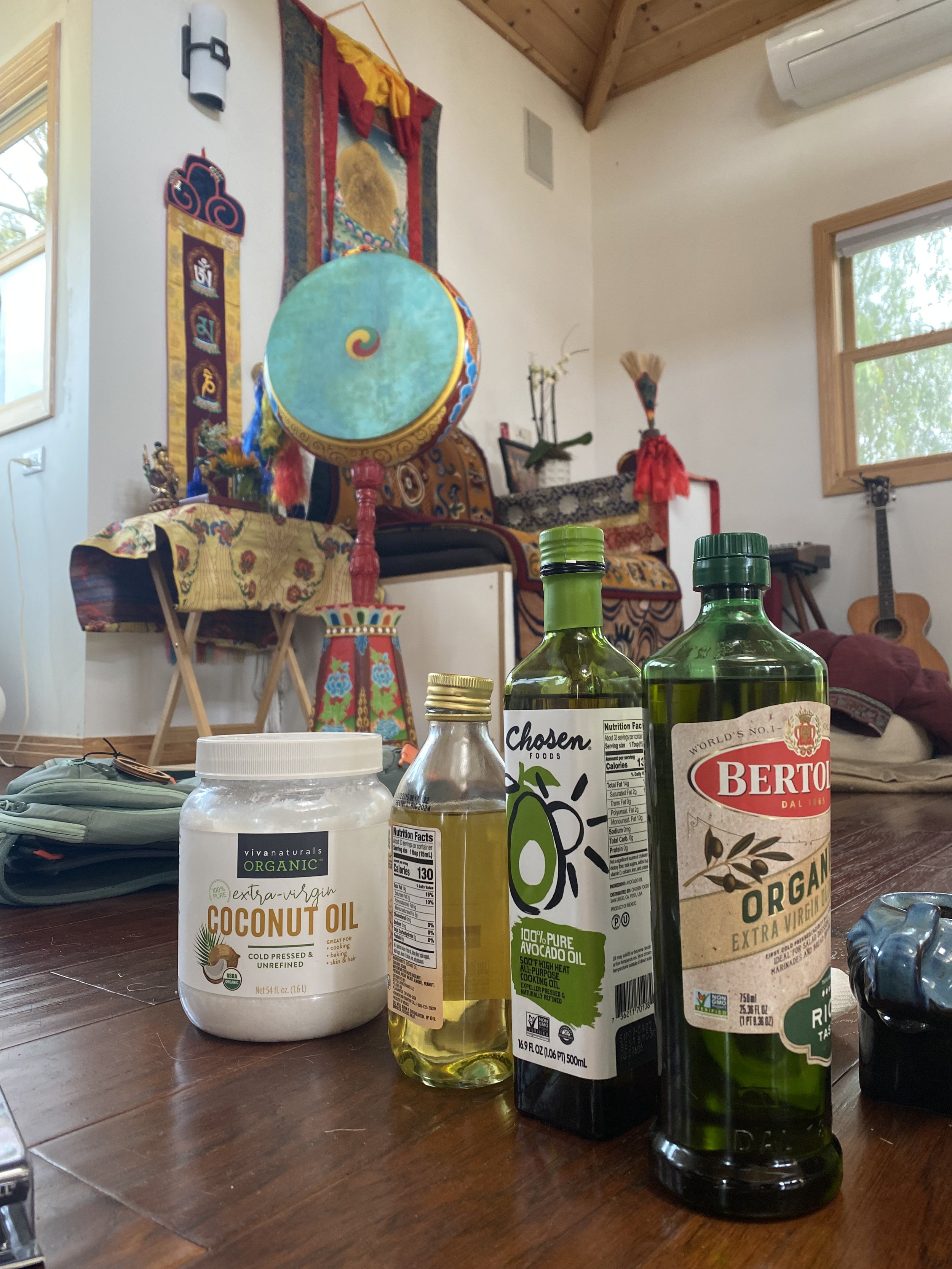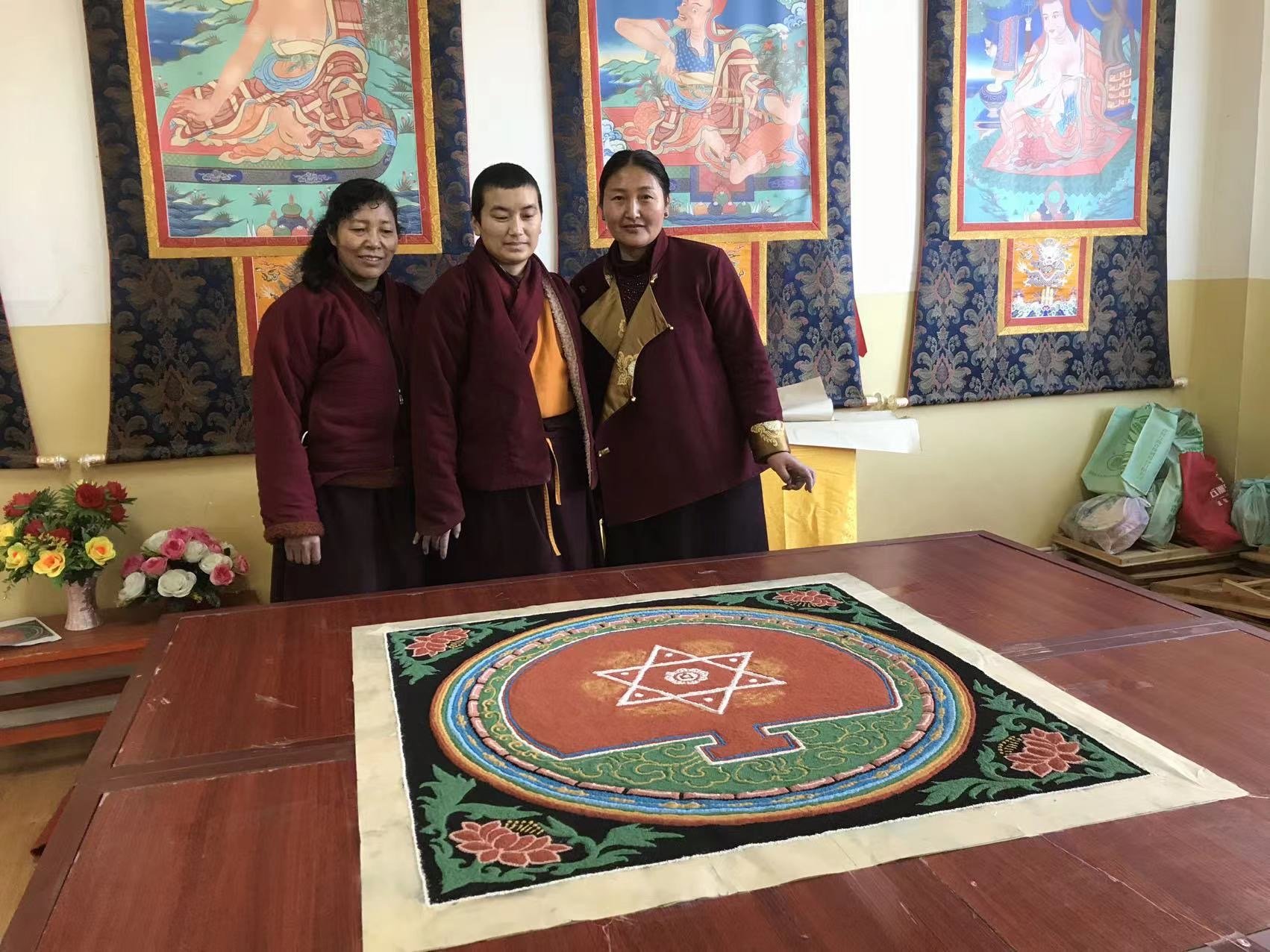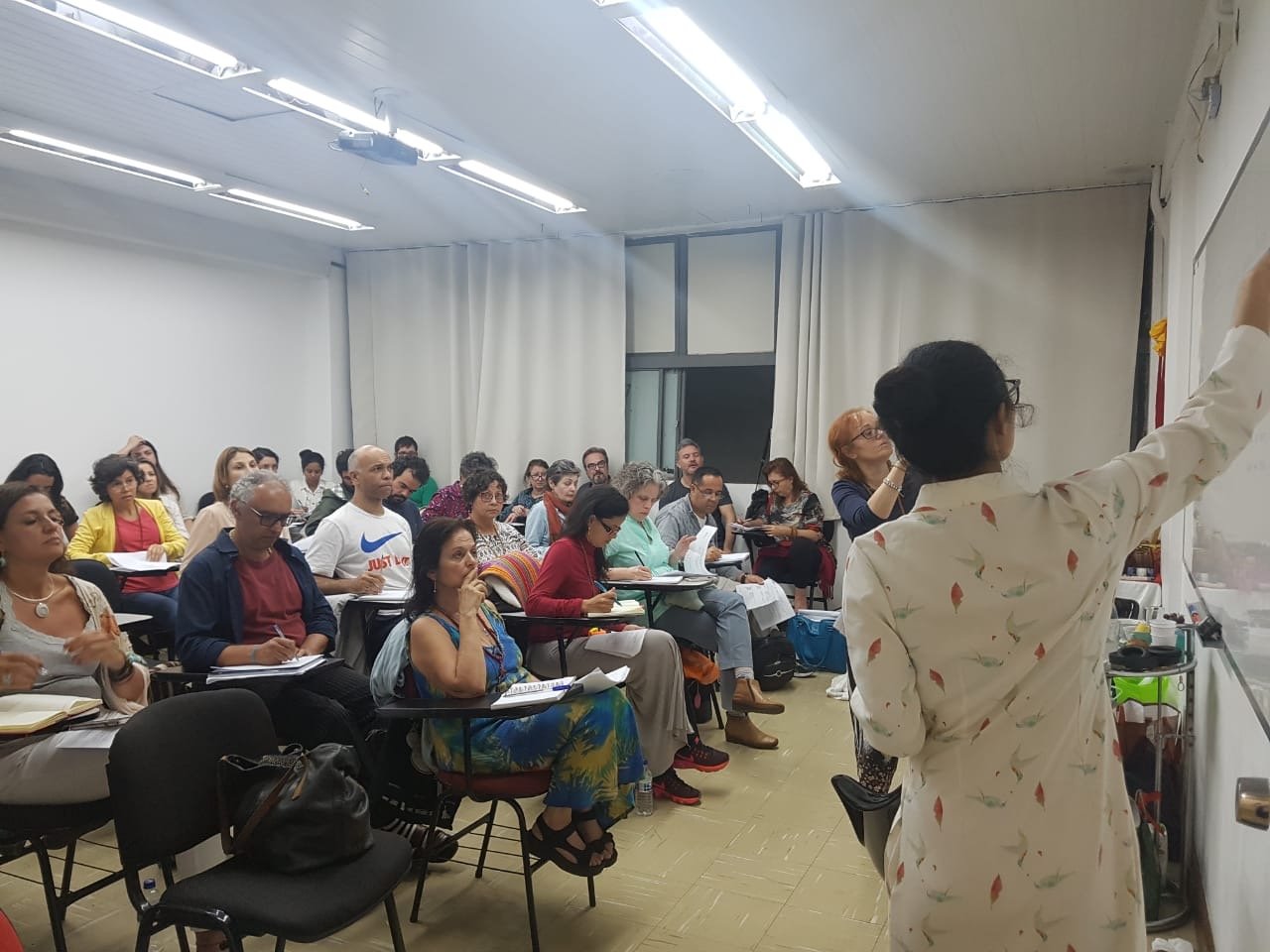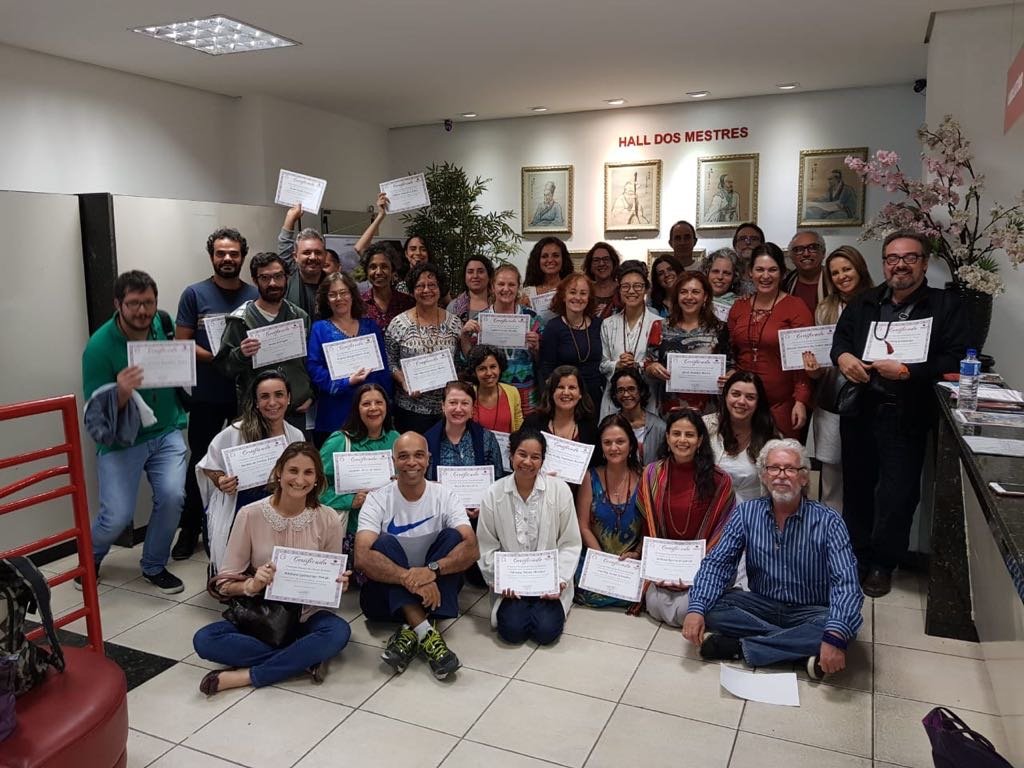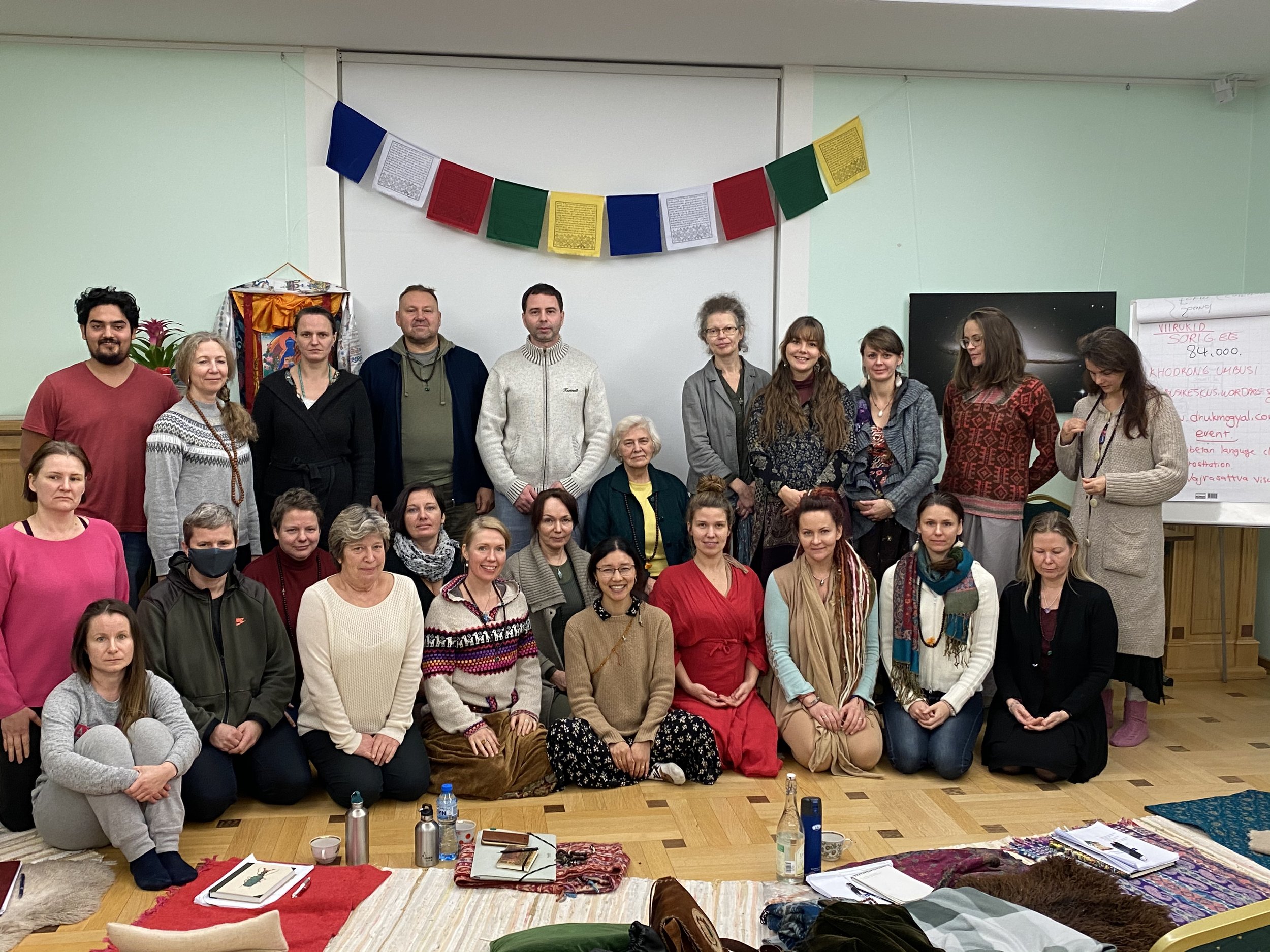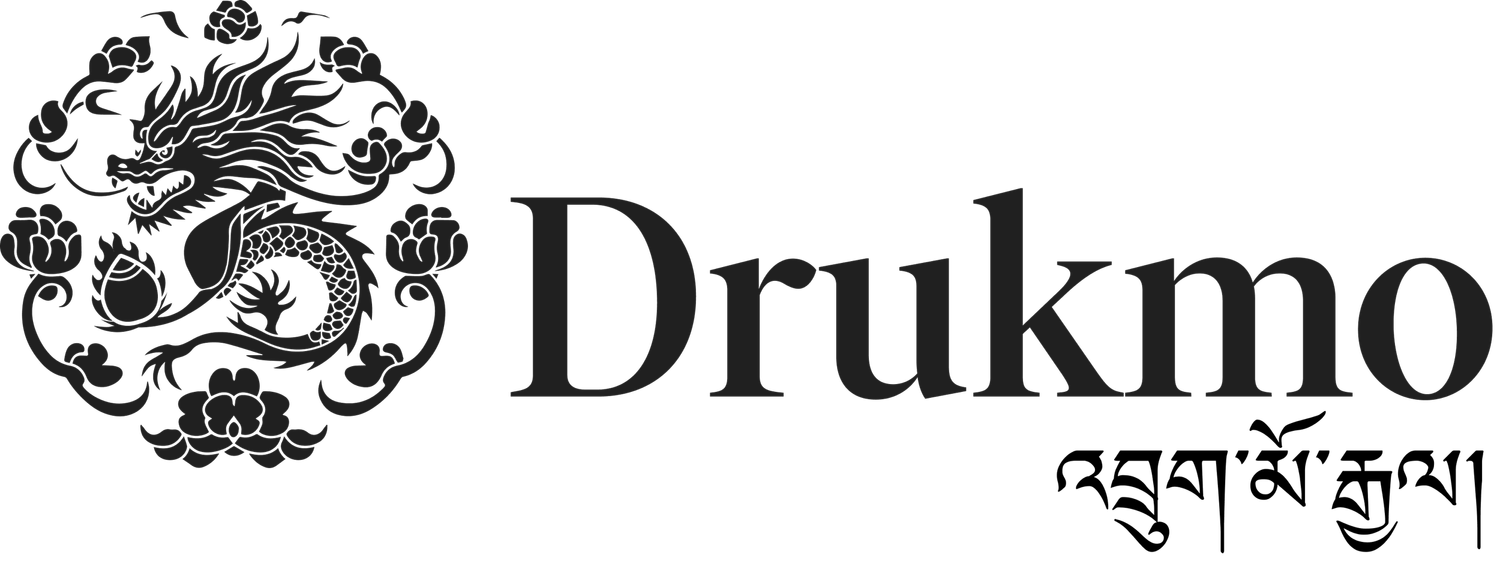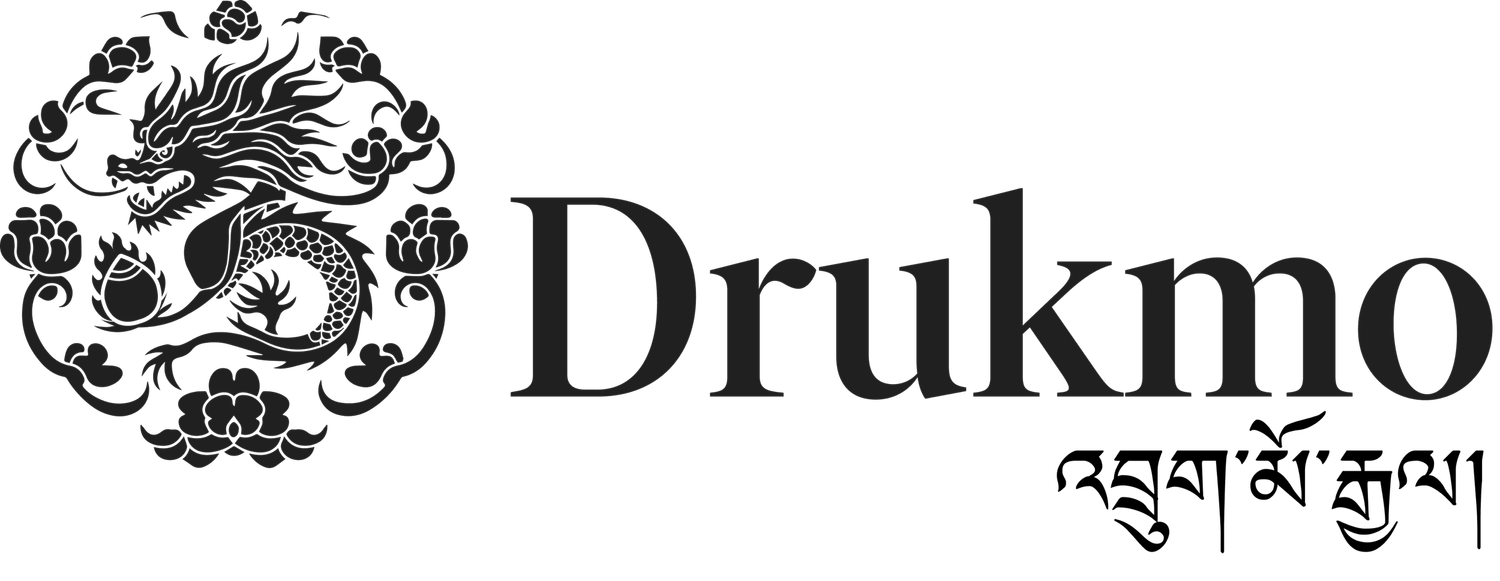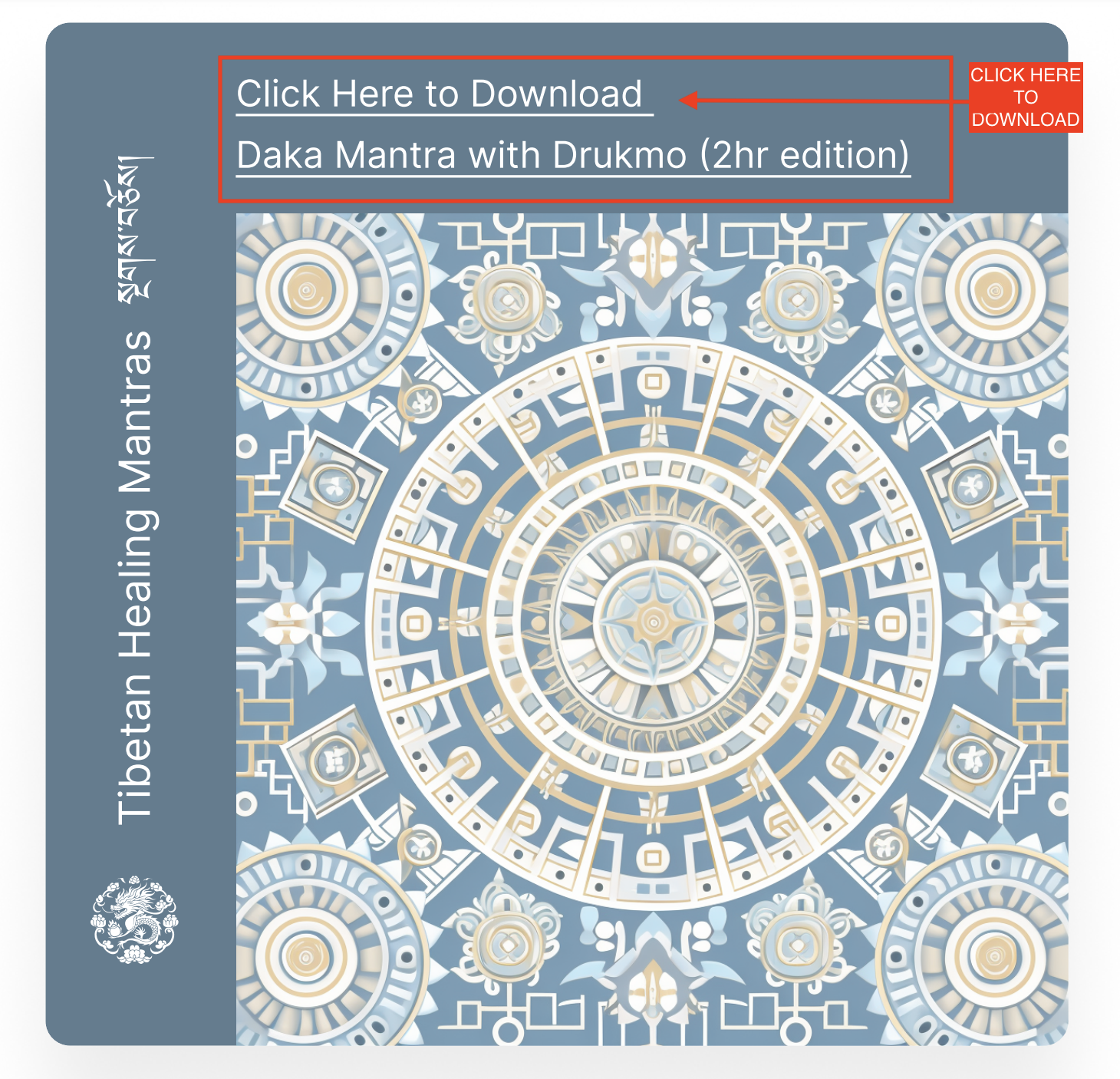
Welcome to the Mantra Library
Tibetan Mantra Healing is rooted in the philosophy of Interdependent Origination, which teaches that everything in the universe is interconnected—nothing exists in isolation. Every thought, action, and event influences the whole, including our health and well-being. In Tibetan Medicine (Sowa Rigpa), this connection is expressed through the Five Elements—space, water, earth, fire, and wind—which shape both our physical and mental-emotional realities. By tapping into the power of sound, shape, color through ancient mantras, we can discover the internal healing power we all possess.
Explore our Mantra Library to discover Tibetan Healing Mantras, Prayers, and Folk Music designed to harmonize the mind, body, and spirit.
FAQs
How can I integrate Tibetan Mantra Healing into my everyday life for self-healing?
You can integrate Tibetan Mantra Healing into your daily life through six traditional methods, depending on the nature of the illness:
Mantra Water: Blow your breath, energized by reciting the mantra, onto water, then drink it.
Mantra Ghee: Blow onto butter, which is then consumed or applied to the affected area.
Mantra Salt: Blow onto salt, apply it to the body, or heat it for use on the affected area.
Blowing Mantra: Rub hands together, blow the mantra onto them, and place them on the problem area.
Metal Mantra: Use hot metal to channel healing energy.
Mantra Stone: Blow onto warm stones, then apply them to the body.
How is Mantra Healing Related to Tibetan Medicine?
Tibetan Medicine has two main goals:
Prevention: Achieved through a healthy diet and lifestyle.
Treatment: Addressing illness when it appears.
Besides Diet, Lifestyle, medicine and external therapies, Mantra Healing is considered a fifth therapeutic method. It can be used on its own or combined with other treatments to enhance their effects. For example:
Empowering or detoxifying food through mantras.
Creating a balanced home or work environment.
Wearing written mantras as protective amulets.
Reciting mantras during the preparation of herbal medicines to boost their healing power.
Using mantras alongside external therapies like massage, acupuncture, or moxibustion for enhanced benefits.
How can I become a Tibetan mantra healer and help other beings?
To become a Mantra Healer in Tibetan Medicine and Buddhist traditions, one must follow these key steps of study and practice:
Introduction to Tibetan Mantra Healing (Theory: 6 hrs; Practice: up to 10 hrs)
Learn the basics and preliminary steps.
Tibetan Mantra Healing Level 1 (Theory: 35 hrs; Practice: up to 150 hrs)
Focus on peaceful mantras.
Root Tantra from the Four Medical Tantras (Theory: 45 hrs)
Study the foundational text of Tibetan Medicine.
Yuthok Nyingthig Ngöndro Practice (8 full days or 2 hrs/day for a month)
Engage in the foundational spiritual practice.
Yuthok Nyingthig Outer Guru Yoga Practice (8 full days or 2 hrs/day for a month)
Deepen connection with the spiritual lineage.
Diet and Lifestyle from the Four Medical Tantras (Theory: 30 hrs)
Study health-related teachings on nutrition and lifestyle.
Tibetan Mantra Healing Level 2 (Theory: 35 hrs; Practice: up to 150 hrs)
Focus on wrathful mantras.
External Therapies (Approx. 50 hrs)
Learn about Tibetan healing methods like massage or moxibustion, depending on specialization.
Tibetan Mantra Healing Level 3 (Theory: 25 hrs; Practice: up to 100 hrs)
Focus on amulets and healing rituals.
Beyond these steps, Tibetan Mantra Healing offers ongoing exploration based on personal interest and commitment.
How are mantras traditionally transmitted from master to student in the Tibetan spiritual tradition?
In Tibetan spiritual tradition, mantras are typically passed down from master to student through a three-step transmission process:
Oral Explanation (Khrid ཁྲིད་།): The teacher provides clear, detailed instructions on how to perform the practices.
Recitation of the Root Text (Lung ལུང་།): The teacher recites the root text, and the students receive the transmission by listening. This creates a special bond between teacher and students as they practice and accumulate the mantra together.
Ritual Empowerment (Wang དབང་།): The teacher conducts the empowerment ritual, granting both the power and permission to engage in the practice. In Vajrayana, this empowerment is the most essential part of the transmission process.
How are healing mantras used in Tibetan Medicine, and what types of conditions can they address?
There are hundreds of healing mantras in Tibetan Medicine. Some target specific issues like diarrhea, vomiting, constipation, infections, pimples, broken bones, childbirth, and bleeding. Others address more general conditions, such as disorders of solid organs (heart, lungs, liver, spleen, kidneys), hollow organs (gall bladder, stomach, colon), or the senses (sight, hearing). Mantras can also help rebalance the five elements and the three humours (nyepas), which are vital energies in the body. Disease occurs when these humours become imbalanced. Additionally, there are "One Hundred Disease" mantras, effective for complex illnesses or those with unknown causes, as they address core energy disturbances.

